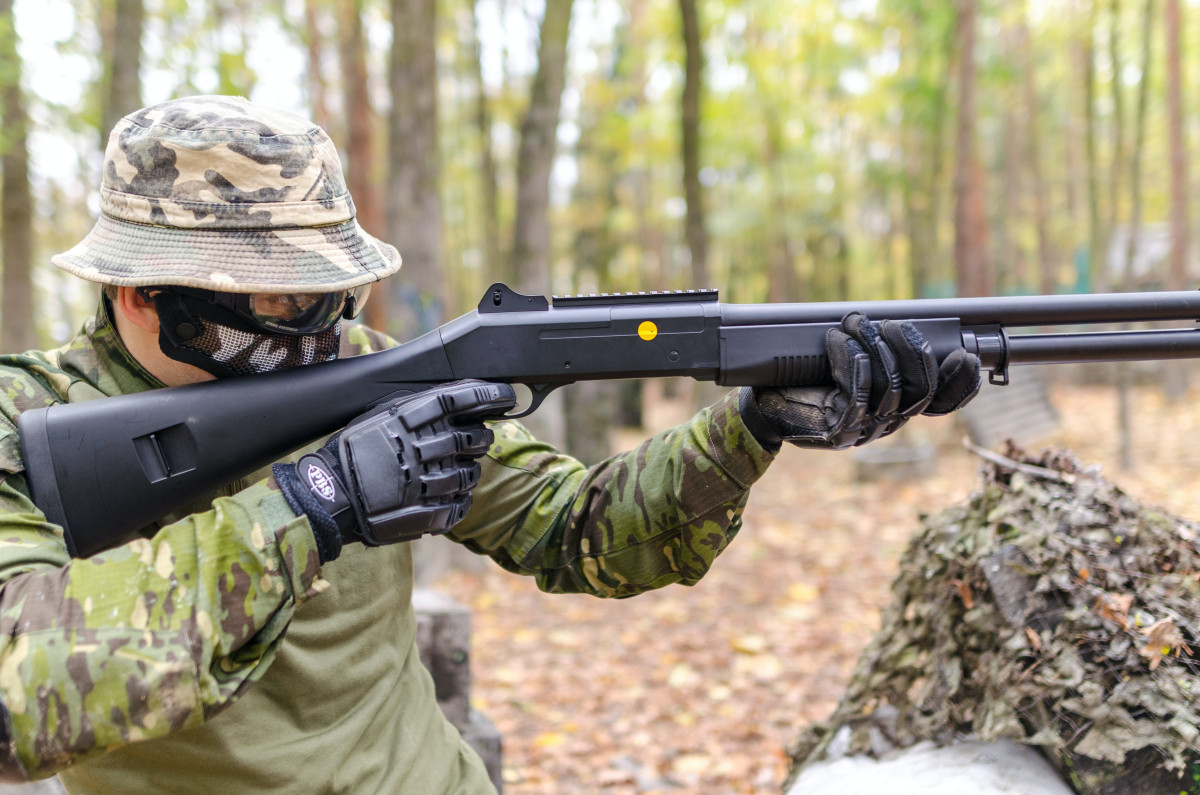LIFESTYLE
Skill Transfer Between Shooting Sports: Synergies and Parallels

In the realm of shooting sports, there is a broad spectrum of disciplines, ranging from airsoft to formal shooting competitions. Despite their apparent differences, these activities share a lot in terms of the required skills. In this analysis, we will delve into how techniques and strategies can be transferred and adapted from one discipline to another, enhancing each shooter’s practice.
The Common Ground: Weapon Mastery and Aiming Management
All shooting disciplines have similar fundamentals when it comes to safely handling a weapon and managing aiming. Whether it’s electric airsoft guns, pellet rifles, or competition firearms, the skills related to handling, grip, and recoil control are crucial across these practices. Shooters can thus benefit from learning these skills in one context and then transferring them to another.
Adapting Shooting Techniques
The Importance of Body Positioning
In each discipline, body positioning plays a critical role in ensuring the precision and efficiency of shooting. The way a shooter stands with their weapon, the position of their feet, and the alignment of their body are all factors that affect the success of a shot. By studying these elements across different disciplines, shooters can adapt their positioning to enhance their performance.
The Work of the Eyes
Efficient use of the eyes is a valuable skill for shooters in all disciplines. Knowing where to direct one’s gaze, how to adjust focus between the target and the sight alignment, as well as understanding the importance of peripheral vision can improve practice in each discipline. By exploring different techniques from other shooting sports, shooters can learn to optimize their visual engagement.
Synergies Between Disciplines
Managing Stress and Pressure in Competition
There’s a clear connection between different shooting sports when it comes to managing stress and competition pressure. Whether in airsoft or in target shooting, shooters must cope with their own expectations and those of others. Learning to manage this pressure through experience gained in one discipline can help improve performance in another.
Planning and Strategy
In many shooting sports, tactics and planning play a key role. This involves knowing how to choose one’s positions and movements, but also considering environmental conditions (wind, light, etc.) and the capabilities offered by the weapon. A shooter can take advantage of their experience in planning and strategy from one discipline to optimize their practice in another, adapting their plans to the specifics of each sport.
The Physical Dimension
Developing good physical condition is an essential component to progressing in shooting sports. Strength, flexibility, and endurance contribute to improving stability, precision, and resistance to stress. By working on these aspects as part of their general training, shooters can bolster their performance across all shooting disciplines, regardless of which they choose to practice.
The Benefits of Skill Diversification
Studying the different techniques and strategies associated with various shooting sports allows for the recognition of their commonalities and specificities. This provides shooters with the opportunity to enrich their knowledge and enhance their practice in their preferred discipline. Moreover, training in multiple disciplines helps shooters to maintain an open and critical mind, while avoiding falling into routine, which is beneficial for keeping motivation high.

